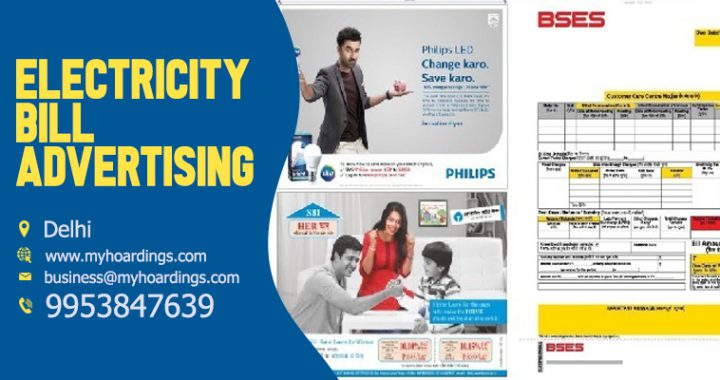What are the most important things about digital advertisement?
4 min read
Digital advertisement is more about personal story telling that is both captivating and intriguing; whilst not forgetting your marketing goals at the centre of your advertisement.

When you talk about the most important things about digital advertisements, then I will say you should consider four factors, all of which I am going to explain further. The four are:
1.Your market/target audience
2. Your brand(Or the brand you are advertising)
3. Your advertisement materials/contents ; and lastly,
4. Platform(s) you would be running the ads on. (They are digital platforms, anyways, but each platform has its own scope)
Let’s get the four factors clearly.
- Your target market/audience: This is actually the first issue to consider because your target audience are who determines whether your Creatives are successful or not; no matter how much you have spent in creating them. So, by target audience, I mean a careful look about who they are, what they do(at a particular time or another on the platforms you want to use; including what time they do what they do the most on these platforms),which platform(s) they use the most, to more issues about what turns them on. For instance, millenials find emojis as part of story telling, but aspirational see them as ‘unserious cartoons/images. So, many of these issues are what you would be looking at in doing a quick analysis of your target market. We call this quick analysis ‘demography’. It is more about dividing your own particular set of audience away from the crowd. If you can get this right, and the rest factors, then your digital advertisement would easily become the next best thing after ice cream (It would really go viral and ultimately help you achieve your marketing goals easily)
- Your brand(Or the brand you are promoting): If you are managing for a brand as an agency, then you need to know in-depth details about the brand you wish to promote. However, if you are already part of the brand, then you have just done 50% of the job in this section. Then what you need to do is to define which digital platforms and tools suit you better. For instance, digital platforms could either be any or all of social media platforms, search engine platforms, e-mail platforms, or even blogs/websites. After deciding which platform(s) you would be playing on, then check the different tools available in each platform and check if any would be ideal to tell your story like no other. For instance, in social media platforms, Facebook might be your brand’s forte or Twitter or Instagram. It could be all of these, too. But hey, It is advisable NOT to overdo all of it. One would be okay, but three at most should get your footing in the right path if you are a big brand. Just take a look at the demography of your audience represented on each platform and choose the best for you at digital advertisement.
- Advertisement materials/Contents: This could be images, videos, or even texts. It could also be a combination of all three. In understanding your audience, you would know what kind of visuals interest them and ignites them to perform an action or react to your story telling. That is all you need to succeed in your digital advertisement: your audience’s action or reaction to your ad campaigns. And watch every of those actions. You would be needed to ‘change narratives’ and drop less effective visuals or campaigns for more effective ones. Know which kind of content your audience feel cool with. (A little light on this: Watch your competition’s creatives and see the ones they are effective and the ones that are not. Understand why one is more effective than the other and use your result to curate your own content to what your audience would feel cool with)
- And lastly, the platforms you would be using. Well, I explained this in the second factor. And more importantly, read about each of these digital platforms to understand their strengths and weaknesses. Know which ones will help you tell your story more efficiently with less ad spend and continue to try different methods to see which ones help you get your word out to the market in the shortest possible time.
Advertising ROI by Medium
Types of Radio Advertising
|
















